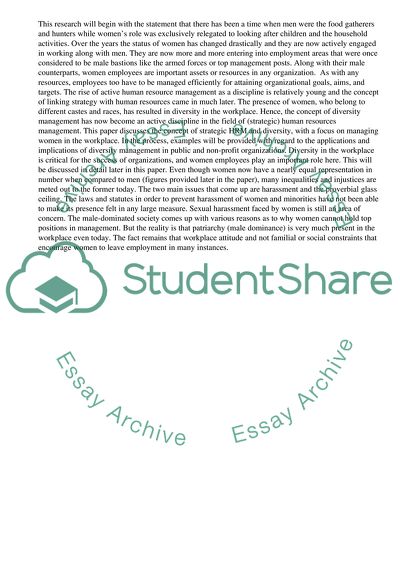Cite this document
(Diversity Management with Regard to Women in the Workplace Research Paper, n.d.)
Diversity Management with Regard to Women in the Workplace Research Paper. Retrieved from https://studentshare.org/management/1724393-diversity-in-the-workforce-strategic-human-resource-management-women
Diversity Management with Regard to Women in the Workplace Research Paper. Retrieved from https://studentshare.org/management/1724393-diversity-in-the-workforce-strategic-human-resource-management-women
(Diversity Management With Regard to Women in the Workplace Research Paper)
Diversity Management With Regard to Women in the Workplace Research Paper. https://studentshare.org/management/1724393-diversity-in-the-workforce-strategic-human-resource-management-women.
Diversity Management With Regard to Women in the Workplace Research Paper. https://studentshare.org/management/1724393-diversity-in-the-workforce-strategic-human-resource-management-women.
“Diversity Management With Regard to Women in the Workplace Research Paper”, n.d. https://studentshare.org/management/1724393-diversity-in-the-workforce-strategic-human-resource-management-women.


